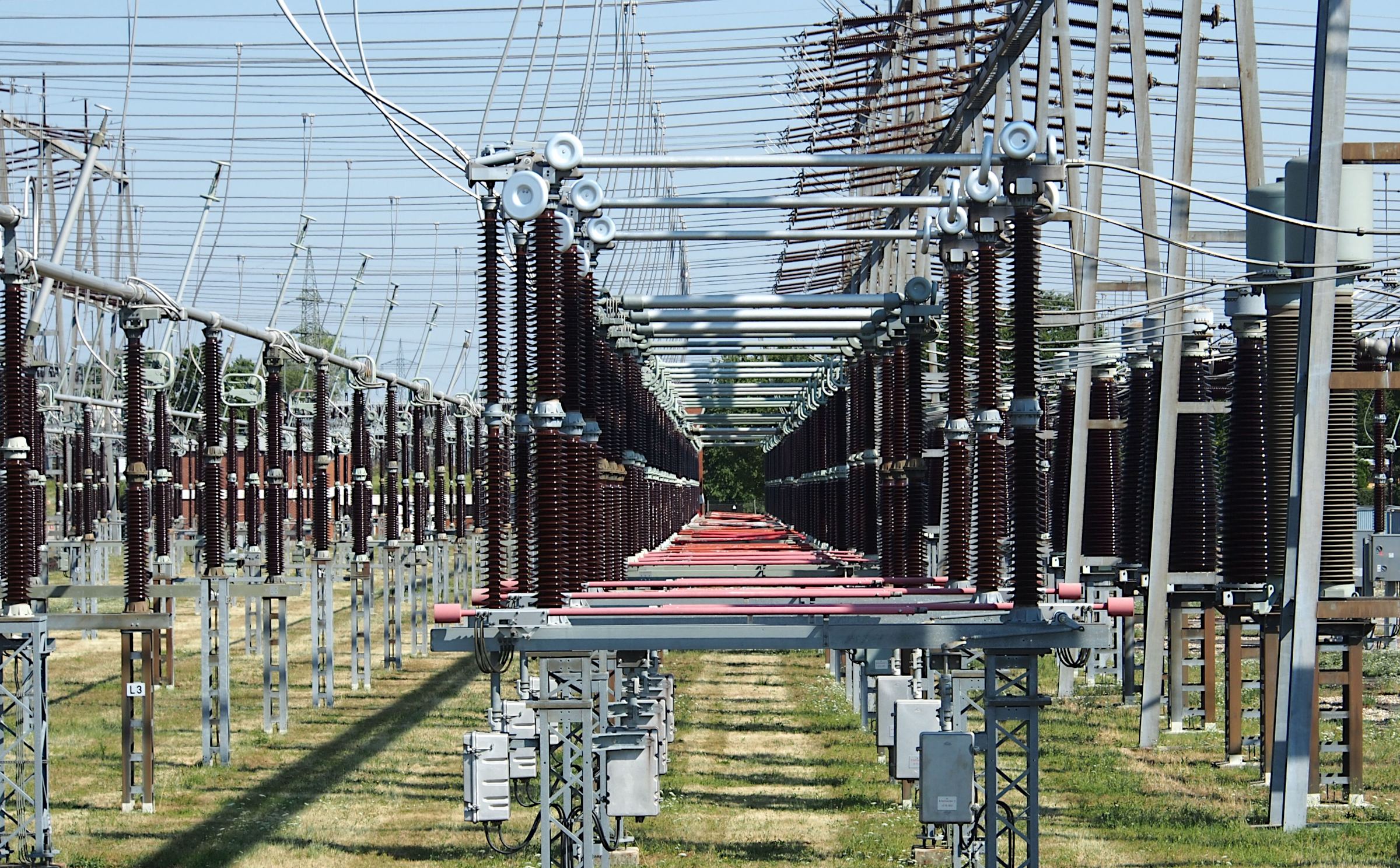A VISION-FREE OBSTACLE DETECTION AND ALERT SYSTEM USING SMART KNEE GLOVES
Keywords:
Obstacle detection, assistive system for the visually impaired, intelligent knee glovesAbstract
This paper introduces a novel obstacle detection and warning system specifically designed for visually impaired individuals, utilizing an innovative wearable device known as "Knee Gloves." These Knee Gloves are equipped with ultrasonic sensors that detect obstacles in the wearer's path, from ground level up to knee height, which are commonly missed by traditional cane methods. The system uses vibration feedback to alert the user to the presence and proximity of obstacles, allowing for real-time navigation adjustments. We detail the design and implementation of the Knee Gloves, including the integration of sensors, feedback mechanisms, and power management. Through a series of controlled trials and real-world testing with visually impaired volunteers, we evaluate our system's effectiveness, accuracy, and user acceptance. The results indicate a significant improvement in obstacle detection and navigation safety, with users reporting increased confidence and mobility in everyday environments. The paper discusses the potential for integrating advanced technologies such as AI and IoT to further enhance the system's capabilities. It concludes with future research directions, focusing on miniaturization, improved ergonomic design, and enhanced sensory feedback. Obstacle detection and warning can improve the mobility as well as the safety of visually impaired people, especially in unfamiliar environments. For this, obstacles are detected and localized, and then information about the obstacles is sent to visually impaired people using different modalities such as voice, tactile, and vibration. In this proposed model, we presented an assistive system for visually impaired people based on the Internet of Things and computer vision-based models. This system consists of two main components: environmental information acquisition and analysis, and information representation. The first component aims at capturing the environment by using sensors and analyzing it to detect predefined obstacles for visually impaired people, while the second component tries to represent the obstacle’s information in the form of an electrode matrix.















